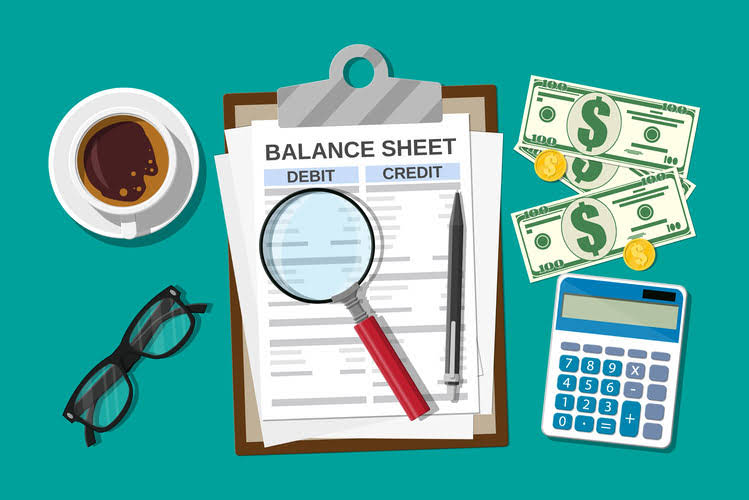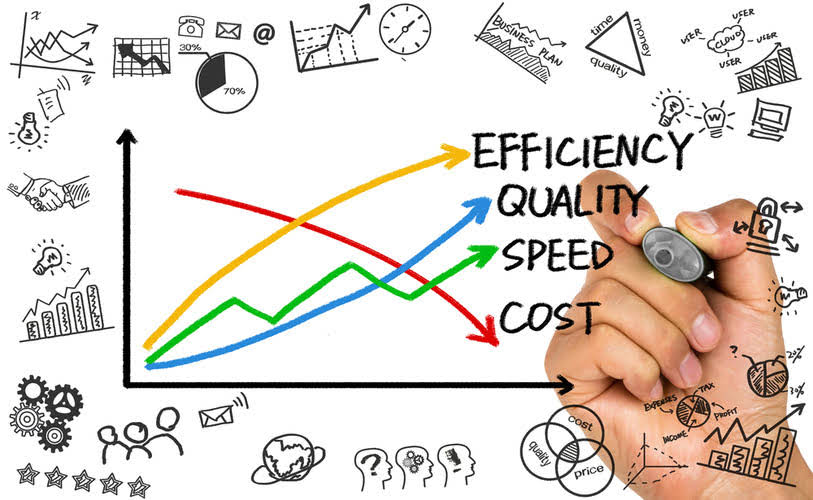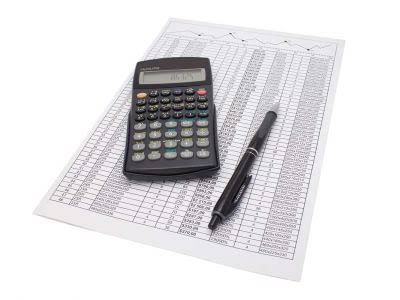
Imagine a manufacturer paying ₹ 83,000 monthly to rent a manufacturing facility. This cost is a fixed financial obligation for the manufacturing business. Calculating all fixed costs like this helps the company understand how much sales they must how to find fixed cost formula make to cover fixed business costs and reach financial stability. Understanding and managing your fixed costs is crucial for your business’s financial health.

Fixed Cost Formula: Option 1, Using Multiple Fixed Costs

Fixed costs are typically long-term expenses that span several accounting periods. Fixed business expenses are necessary costs that businesses must pay regardless of their sales or production activities. Analyzing these expenses allows enterprises to reach break-even points, boost operating leverage, achieve economies of scale, and improve profitability. Now, it’s time to separate fixed and variable expenses — business costs that remain the same or fluctuate with production or sales. The idea is to find and itemize costs that remain fixed for a period. 1.Direct fixed costs are expenses a business must pay during goods and services production and delivery.
- Understanding these components is essential for accurate calculations and effective financial planning.
- They require planning and budgeting to be able to ensure that the entities are able to fulfill their responsibilities dutifully.
- This calculation reveals how fixed costs are spread out over production.
- This financial analysis helps them create the pricing strategy and production plan necessary for meeting the overhead expenses.
- You look at your highest and lowest activity levels and crunch the numbers.
- Variable costs are costs that change when the quantity of output changes.
- Understanding fixed costs enables business owners to predict upcoming expenses, create an accurate business budget, make better investment decisions, and control operational costs.
Contribution Margin Explained in 200 Words (& How to Calculate It)
A fixed cost is a business expense that normally doesn’t change with an increase or decrease in the number of goods and services produced or sold by the business. Fixed costs are commonly related to recurring expenses not directly related to production, such as rent, interest payments, insurance, depreciation, and property tax. Fixed costs are opposite of variable costs, expenses that fluctuate in line as more or less products are manufactured.

Factors That Can Change Total Fixed Cost Over Time
- Push past that, and you might need to bump up your fixed costs.
- Fixed costs on the balance sheet may be either short- or long-term liabilities.
- Can variable costs be included in the total fixed cost calculation?
- This calculator simplifies the process of calculating fixed costs, aiding businesses and individuals in financial planning and management.
- For instance, if your fixed costs are $10,000 and your contribution margin is $80, you’ll need to sell 125 units to break even.
Average Fixed Cost has Bookkeeping for Painters practical applications across various business activities. Knowing the AFC helps determine the minimum price needed to cover fixed costs, serving as a baseline for setting competitive yet profitable prices. To find your average fixed cost per month, start by adding up all the business’s fixed costs.

Budgeting and Financial Resources Management:

So, if by December 27, Prestige Clothing produced and sold https://test.softdomi.com/2024/03/25/what-is-the-percentage-of-sales-method-and-how-to/ 15,000 shirts, each priced with a $20 fixed cost, this would cover the $300,000 total fixed expenses for the year. Total costs are the sum of all fixed and variable costs incurred. Your income statement may calculate this for you, so be sure to read it carefully. Knowing what your small business’s fixed costs are will help you run your company. You can reduce unnecessary expenses, improve overall profitability, mitigate risk, and make informed decisions about your company’s future. The fixed cost per unit can be calculated to determine your company’s break-even point and the feasibility of scaling up production volumes.
- Numerous expenses are covered under maintenance, such as those cleaning supplies, mechanical repairs, or yearly tune-ups for automobiles.
- Fixed costs (or fixed expenses) are constant, regardless of changes in sales or production levels.
- Understanding the nature of fixed costs is pivotal for accurate financial planning.
- Effective budget planning involves analyzing fixed costs and integrating them into pricing strategies, break-even analysis, and long-term financial goals.
- Any soft drink you sell after that will net your company a profit.
- However, while economies of scale can lead to lower per-unit costs, businesses must also manage variable costs carefully.
- These costs proportionately increase or decrease with production volume.
- To simplify AFC calculations, use spreadsheets or accounting software.
- The amount paid stays relatively stable and is not affected by your business operations.
- However, the cost of liability insurance will vary based on your premiums and additional coverage.
Average fixed cost is an amount that is incurred to produce a unit or a service irrespective of how many of them are sold. It is because of this that average fixed costs are important and beneficial for the pricing of your goods and services. These are expenses that remain constant regardless of production levels or sales. Understanding the nature of fixed costs is pivotal for accurate financial planning. Identify how many products your company produces in 1 month, then divide your total fixed costs by the number of units per month to find your average fixed cost.





